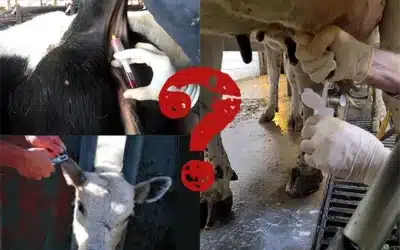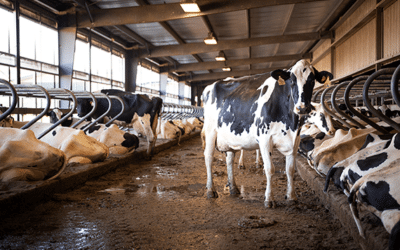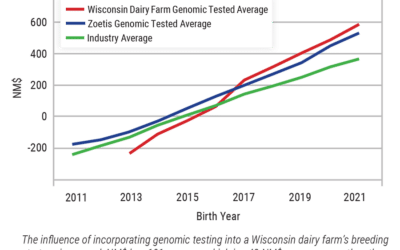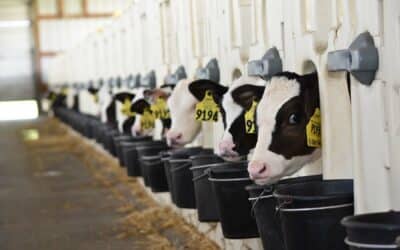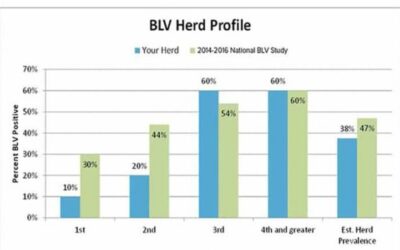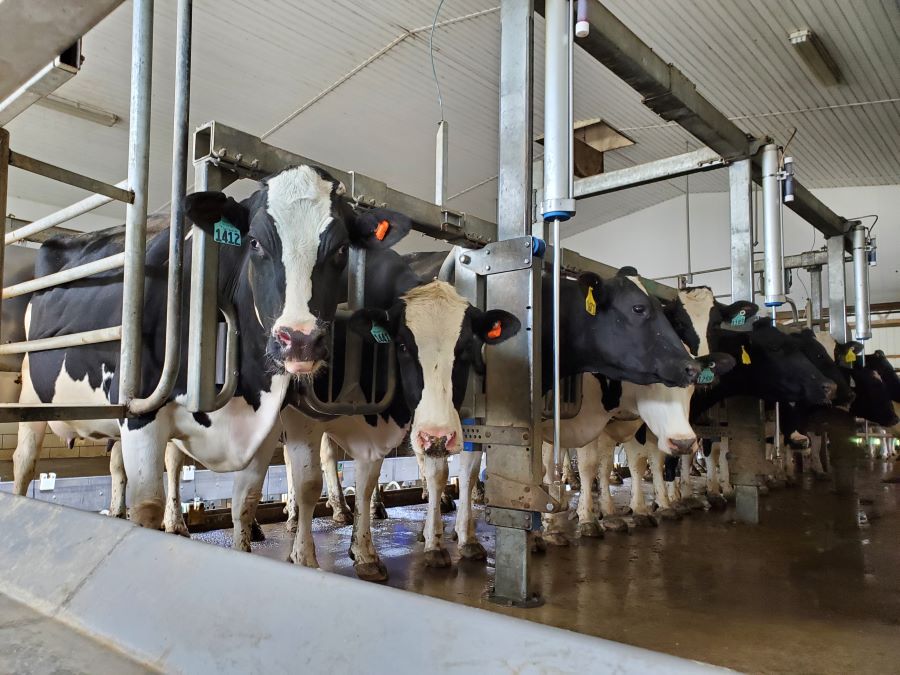
Preventing and controlling the spread of Strep ag. mastitis in dairy herds
Mastitis is a costly and persistent issue for dairy producers, with clinical cases in early lactation leading to significant financial losses. While preventing mastitis remains a primary focus, there’s often less discussion about the specific pathogens behind the...
What is the best way to A2 test my dairy animals?
So, you are interested in knowing the A1/A2 status of your cows but are confused about which test is best. The CentralStar A1/A2 genotype test is validated for use on individual animals and can be performed on blood, tissue, or milk; however, determining which method...
Lameness: Challenge conventional thinking
Conventional thinking is considered tried and true, going unquestioned; but is that always the best approach? Through National Animal Health Monitoring¹, we know lameness is among one of the top-five reasons dairy cows leave the herd. Obviously, management practices...
Are the best animals in your herd really the best and why knowing matters
Susie Martin, CentralStar Regional Consulting Manager You inherently know who the best animals in your herd are, and you can back it up with parent averages (PA), milk weights or other DHI data. Obviously, you build your future from the best, but what if what you...
A2 Genotyping Assay
Beta-casein makes up 30 percent of milk protein and comes in two forms; A1 and A2 beta-casein. The difference between A1 and A2 beta-casein is determined by the genetics of the animal. Reports indicate that A2 beta-casein proteins are potentially more favorable to...
Three essentials your dairy won’t get far without
Keys, wallet, cell phone are the essentials you won’t get far without, but with them, accomplish anything. What are the equivalent essentials for managing your herd?
The first step to managing BLV
With USDA estimating 94% of all dairy herds in the United States are infected with BLV; chances are your herd has it! BLV is incurable, but not unmanageable.

